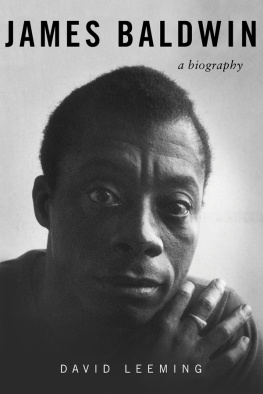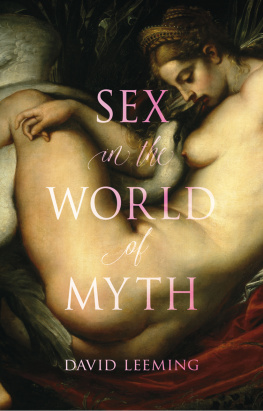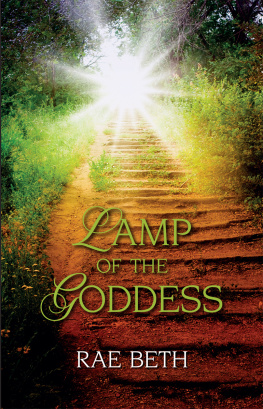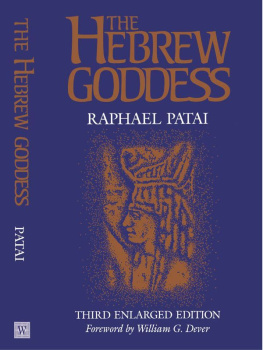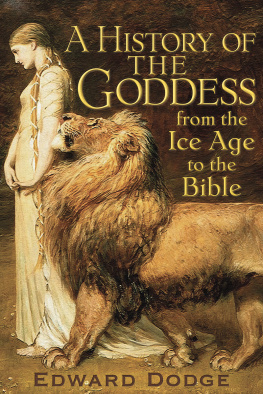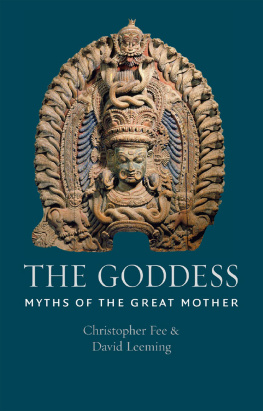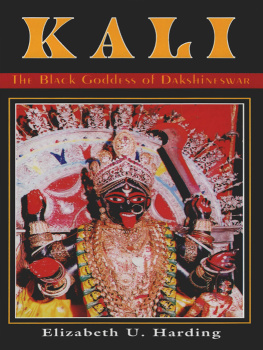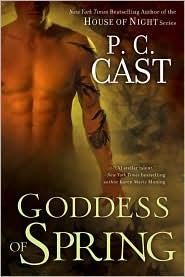INTRODUCTION
The Many Guises of the Goddess
F or time out of mind, an ancient goddess reigned supreme, and the fertile soil of the land beneath her feet bespoke her immeasurable fecundity. Long ages she ruled, and many were her worshippers. Then, 5,000 years ago or more, perhaps in the region where steppe meets sea in the great central land mass where Asia and Europe conjoin, tribes began to shift and migrate, and their movements were to transform this goddess forever. These peoples began to move south and east into the Indian subcontinent, down into what is now Iran, up to the Baltic, west along the European coast of the Mediterranean to the Atlantic, and even across the ocean to lands past the horizon. Over thousands of years and miles, these people we often call Indo-Europeans divided into many groups and settled in many regions, and ever the goddess travelled with them; always she transformed to suit her people, her face ever reflecting the needs and desires of her children. The demands of her peoples could be harsh, however, and thus over time this goddess so often beautiful with the love of her followers could be seen to be terribly transformed, and love sometimes turned to fear among many of her worshippers. The face of the Earth Mother comely and resplendent with the abundance of her life-giving womb alternated with a grimmer guise, her maternal, loving laughter at times replaced with the gruesome grimace of a skulls head. Raining death from above, many are the masks of this Great Goddess, who combines her ancient love of life with a terrible taste for death.
Sometimes such a fearsome face of the goddess reveals little of her ancient life-affirming form; her mask seems then altered permanently as she assumes some of the more terrifying attributesof a male counterpart. For example, as the Indian Rudra the Vedic god of death and ill-fortune slowly becomes Shiva, the auspicious one, in the later Hindu pantheon, his destructive powers and terrible attributes are transferred to his consort, once a mother goddess, who shifts from suckling nurturer to demonic destroyer. Many of her Indian sisters are associated to this day with disease and the destructive forces of nature, shorn of their most natural powers as new faces of death are thrust upon them. Meanwhile, where the erstwhile Indo-European goddess met her sisters from the Near East, she partook sometimes of their identities, adding new and exotic faces to her collection of masks. Moreover, where this most ancient goddess has fallen beneath the shadow of the jealous One God of Judaism, Christianity or Islam, she is almost utterly bereft. Often marginalized as a virgin vessel or as a destructive whore, in either case this timeless Mother and Destroyer often is robbed almost entirely of either identity, of her autonomy and of her paired powers of production and destruction.
Beneath even the most terrible of the Destroyer masks of the goddess, however, we may sometimes capture a glimpse of an earlier beauty, evidence of a more benign and life-giving identity; often this face is manifested through the sexual abandon which so often links lust with death. Indeed, sometimes this goddess counters the life-giving force of her still-ample hips with the blood-reddened tip of her life-taking spear; in such guises she reeks of both sex and decay. The goddess multiplies herself, for instance, to appear as a number of Destroyer demigoddesses who serve as handmaids to the Scandinavian All-father. These shield-maidens called the Valkyries are fickle with their favours; they may grant glory and victory to a man time and again, only to betray him to a spears point at the last. The Valkyries are thought to be virgins, but they are at the same time the little sisters of Freyja. This goddess of fertility, fecundity and lust makes room in her bed for all the races of gods and elves, and yet paradoxically fills the benches of her hall with a share of Odins battle-slain. The Irish Morrgan likewise combines a burning and insatiable appetite for physical love with the cruel and pitiless sensibilities of a death goddess. Thus the Morrgan, denied the sexual gratification she craves that only Cchulainn the greatestof ires heroes can provide, uses her destructive powers against him when he spurns her advances, and mocks him as he dies. The Morrgan is half-sister to Medb, queen of the demigods of Ireland, whose bloodlust is only equalled by her indefatigable prowess in bed. Many heroes have fought that gentler battle, and it is only in her arms that a man may claim the right to call himself king.
The faces of God and Goddess always reflect the souls of the people who worship them. The various transformations of the face of the goddess of these related mythologies and the patterns we may discern in these transformations throughout thousands of years, traversing thousands of miles, across a wide spectrum of descendant cultures have much to teach us about the transformation of relevant cultures and values. The emergence, dominance and subsequent subordination or erasure of powerful female figures of worship in this set of mythologies is an overarching theme of this book, and this theme has never been more relevant than it is today. The distant ancestors of the dominant cultures of India, Iran and Europe began their migrations from western Asia 5,000 years ago, and various tribes from this group spawned the classical civilizations of the lands they colonized. All of contemporary Western civilization, therefore, traces some large cultural debt to these ancient ancestors, and thus related ancient transformations regarding the role of women and of conceptions of feminine divinities are of immediate and urgent interest to those who have a stake in modern gender roles.
In recent years, it has been a popular belief that the peoples we are describing, the hordes that swept, often violently, into Europe, parts of the Near East and India from western Asia between 3,000 and 5,000 years ago, were dominated by the worship of a patriarchal, militaristic Sky God, a male king of gods who supplanted the Earth Mother of the indigenous Europeans. An unfortunate result of this generalization has been the assumption that the goddess long had been subordinated completely in that ancient pantheon, and that there is thus little of interest to say about her development. The story of the goddess, however, is a tale of resilience, and the mythology of these invaders was more dynamic and multifaceted than this reductive model suggests. The goddess, even repressed, is a force to be reckoned with, and many powers and attributes are associated with her.During the period of migration and invasion she was always with her people, undergoing a series of transmutations in the crucibles of changing societies.


